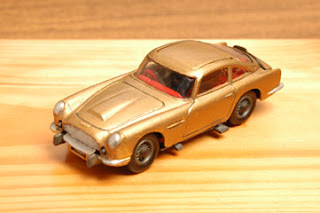
Charlie's Angels is a television series about three women who work for a private investigation agency, and is one of the first shows to showcase women in roles traditionally reserved for men. The series was broadcast in the USA on the ABC Television Network from 1976 to 1981 and was one of the most successful series of the 1970s. Charlie's Angels was created by Ivan Goff and Ben Roberts and produced by Aaron Spelling and Leonard Goldberg. In pre-production, the original proposed title was The Alley Cats.
Three women, the Angels (originally Kate Jackson, Farrah Fawcett-Majors, and Jaclyn Smith), graduated from the Los Angeles police academy only to be assigned such duties as handling switch boards and traffic. They quit and were hired to work for the Charles Townsend Agency as private investigators. Their boss, Charlie (voiced by John Forsythe), is never seen full face — in some episodes the viewer gets to see the back of his head and his arms, talking through a phone while surrounded by beautiful women — assigning cases to the Angels and his liaison, Bosley (played by David Doyle), via a speaker phone.
Charlie's Angels is episodic in nature, as opposed to serial, thus each episode shows the Angels finding themselves in new situations in which they would go undercover to investigate. The undercover aspect of the show creates much of the plot interest and tension. In the early seasons of the show, the Angels, under their assumed identities, use a combination of sexual wiles and knowledge learned for the situation in which they are being placed, but by the third and fourth seasons, the writing has a tendency to stray from the sex appeal and focus more on the case at hand.
 The Chevrolet van was the basis of quite a few TV related models. The first and by far the best was the bright pink ‘Charlie’s Angels silhouette logo emblazoned on each body side. Opening rear doors and transparent roof panels served to display the cardboard custom interior of this 1/40th scale van which could be found with either solid or four-spoke whizzwheels. A very tastefully produced model that lasted until 1981. See more.
The Chevrolet van was the basis of quite a few TV related models. The first and by far the best was the bright pink ‘Charlie’s Angels silhouette logo emblazoned on each body side. Opening rear doors and transparent roof panels served to display the cardboard custom interior of this 1/40th scale van which could be found with either solid or four-spoke whizzwheels. A very tastefully produced model that lasted until 1981. See more.



















